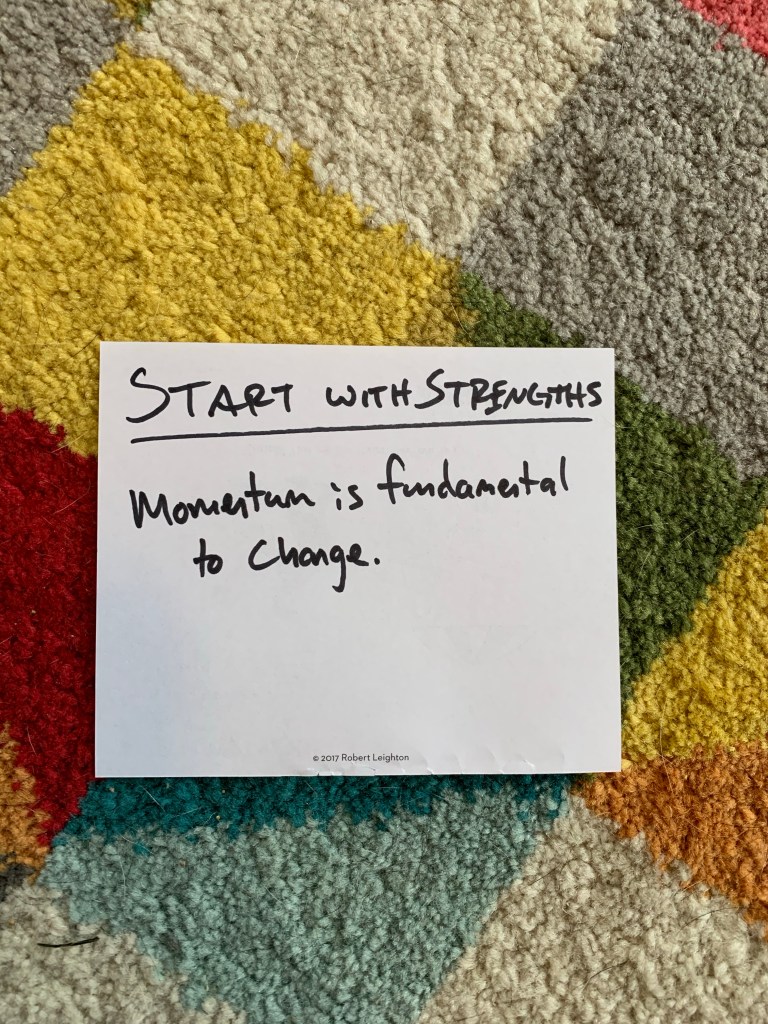Parts of our job align so tightly with our talents that we can effortlessly excel and perform well
Other parts feel like the worst things in the world to work towards. Kind of like picking up dog poop.
What if you took the core competencies of your job (bonus points if you get your leader’s input) then considered how your talents (recommended Top 5 Report from CliftonStrenghts) can feed into those competencies.
This is great if considering a new job or if evaluating your current job. What is required of the job and how could you use strengths to meet (and hopefully exceed) those requirements.
You might notice a job has little alignment to your talents…consider steering clear of that one.
Maybe you see that your talents would have to be honed and refined (raw vs. mature) to meet the needs…do you want the challenge?
Maybe you realize areas you align almost perfectly in some areas…bask in the goodness and consider some gratitude.
I’m considering creating a worksheet to help with this process…pulled some ideas from a few Gallup blogs linked below:
Does a Specific Career Best Match My CliftonStrengths Results?


